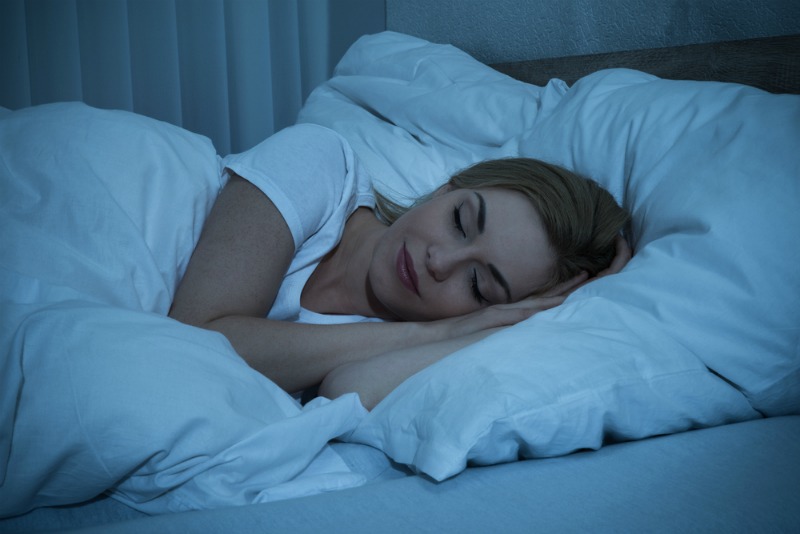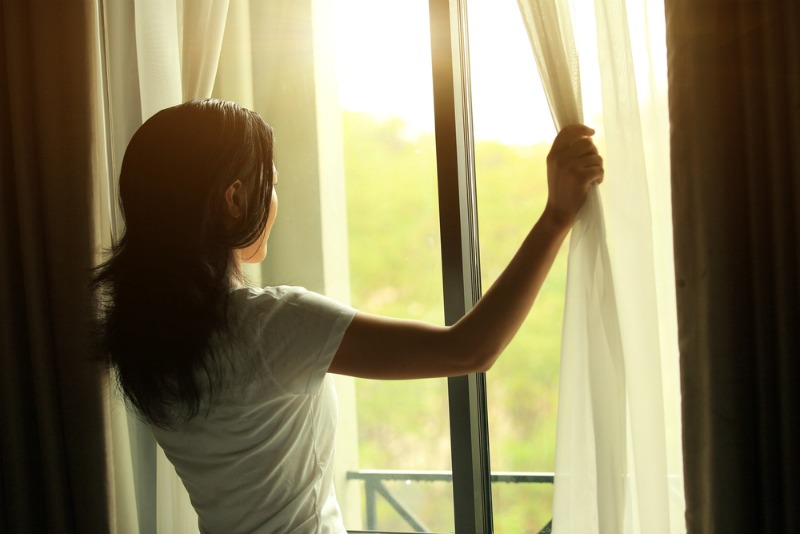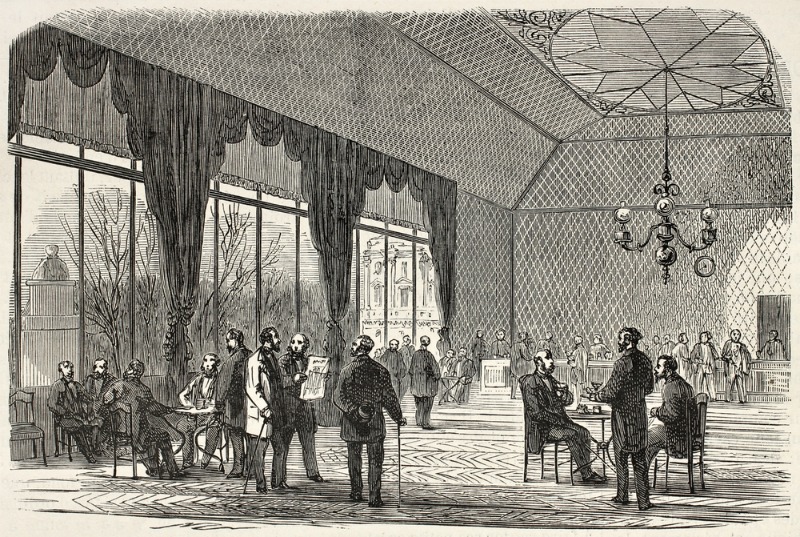Why Curtains & Blinds Are Important To Your Sleep
4 min read
Last Modified 29 September 2021 First Added 27 May 2016
Most homes across the UK have some sort of window dressing. Whether traditional curtains, a blackout blind, or a decorative voile, there’s probably more to your window than plain glass. Although a fundamental factor in our morning and bedtime routine, curtains don’t inspire much consideration beyond colour coordination in bedroom design. But when did it become the norm to drape material over our windows? Why do we do this? And if we choose to sleep with our curtains or blinds open, is that likely to disrupt our sleep? Well at the Sleep Matters Club, we’re here to shed some light on curtains and put those questions to rest.
Needless to say, your curtains have more functionality than complimenting your bedding’s colour scheme. Not only do closed curtains help add a little extra warmth to your bedroom and prevent onlookers, they have a strong effect on your quality of sleep. If you’ve ever been woken by a partner switching the bedroom lights on, you’ll know that light jolts the brain into waking up and curtains, or blinds, are your best bet for preventing that.
So how does light wake us up? The Sleep Foundation answers this question, claiming ‘exposure to light stimulates a nerve pathway from the retina in the eye to an area in the brain called the Hypothalamus.’ This area works like an internal clock, starting a regulated pattern of activities that affect the entire body and, consequently, wake us up.
Read more: Circadian Rhythms: What Are They & How To Improve Yours

Curtains & blinds are a convenient way of blocking street lights or headlights filtering through your windows in the middle of the night and interrupting a good night’s rest. Sleep expert Dr Susan Biali explains, ‘if even a small amount of light comes into your bedroom while you are sleeping, it suppresses melatonin release.’
Melatonin is a hormone that is released from the pineal gland inside your brain and makes you sleepier. Too much light means too little melatonin and therefore can make it a struggle to get to sleep. This is demonstrated by the numerous sleep studies in Antarctica, where it doesn’t get truly dark for fifty percent of the year. For example, Josephine Arendt’s paper shows that subjects have trouble sleeping during the six months of continuous daylight of Antarctica. She claims:
‘In summer with daylight for 24 hours, light exposure can adversely affect the circadian system by undesired forced phase shift, but the use of blinds, eye masks, and suitably scheduled sleep should counteract this effect.’

Read more: A Guide to Melatonin & Sleep
Encouraging melatonin was not always the reason behind window dressings. Before the creation of central heating and double glazing, such drapery’s primary purpose was to retain heat in rooms. Prior to using textiles, animal hides would be suspended from door and window openings. This would stop draughts and provide privacy. Clearly, this remains to be true and therefore people do choose to sleep with the curtains open in summer to help keep their room at a cool temperature. While this does help, it’s probably best to look at other ways to keep cool at night.
Related: The History of That Monster Who Lives Under Your Bed
Following this, wooden shutters would be used at the window opening to block dust, debris and cold, but curtains would rarely accompany them. Drapery before the 16th century would usually be used to create private spaces and partition areas in castles. Wall hangings were also popular around this time to provide decoration and warmth to the cold stone walls. However, curtains over doors were more common than windows. These were often made to match the wall hangings for cohesion in the room.
It was only in the 13th century that the process of glass making was perfected that the rise of window curtains came about throughout the renaissance period. The main purpose of them was now to protect the privacy of those inside. However blocking light could have been a correlation, with the rise of street lighting in France in 1667. This was seen in England by the early 19th century.

Curtains became increasingly popular amongst the middle classes due to the mass production of textiles in the 19th century. During this time, the fabrics were typically dark coloured due to coloured fabrics being very expensive. Typical Victorian curtains would be dull variations of navy blue, dark brown, burgundy or green.
Today’s curtains however, come in all colours sizes and styles. What kind do you have? How do they affect your sleep? Let us know in the comments!